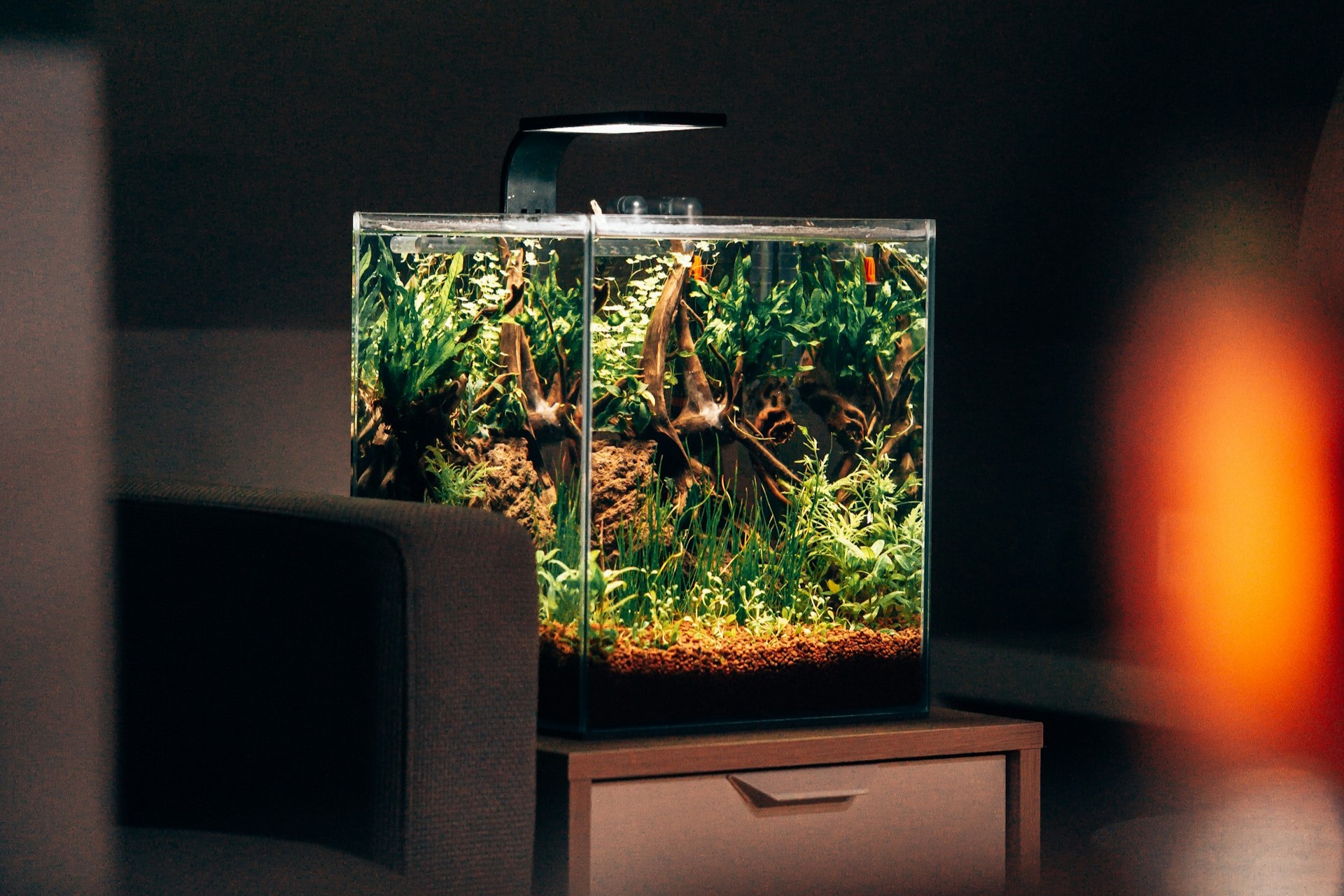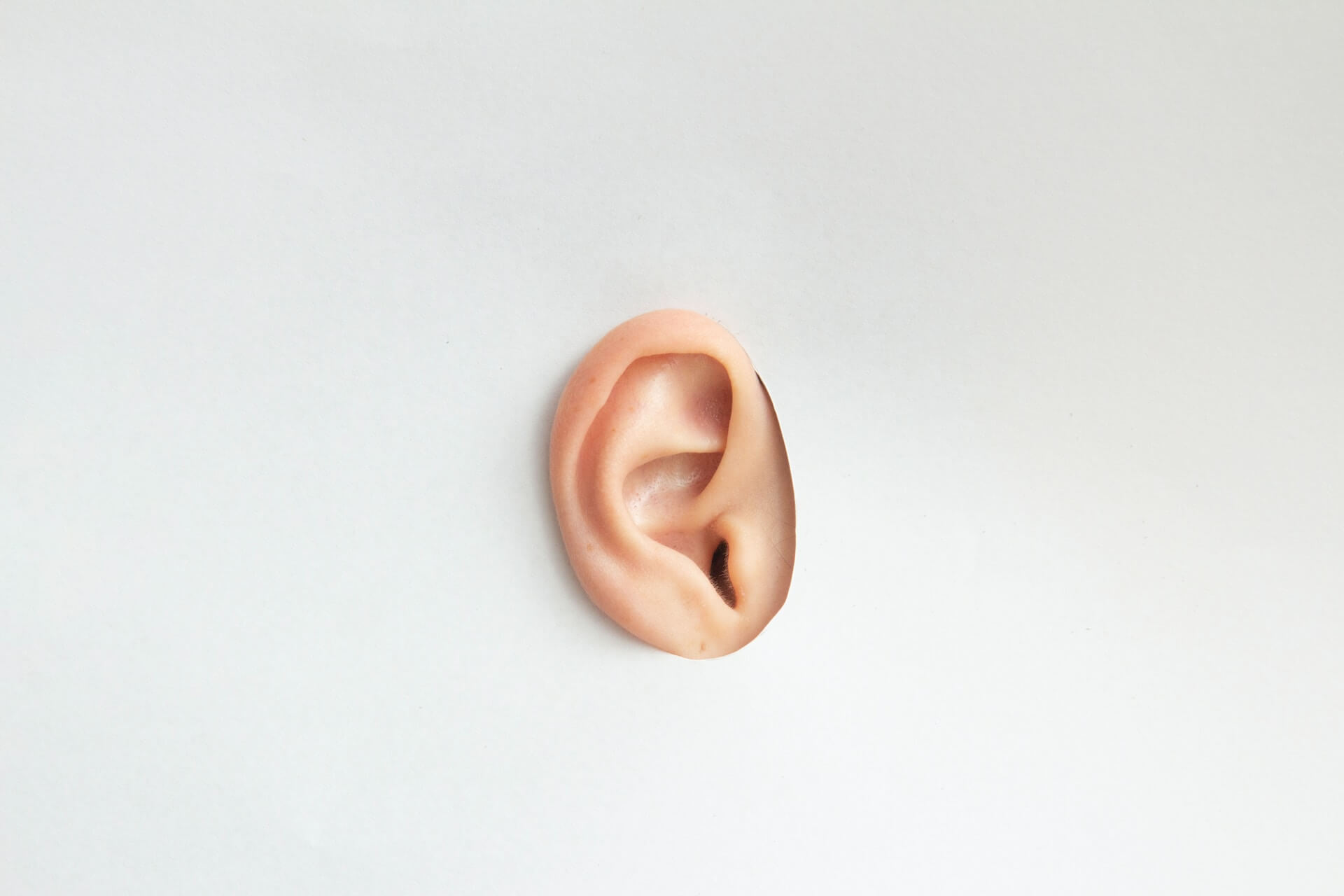How to Use Chopsticks the Right Way
Nov 25, 2023
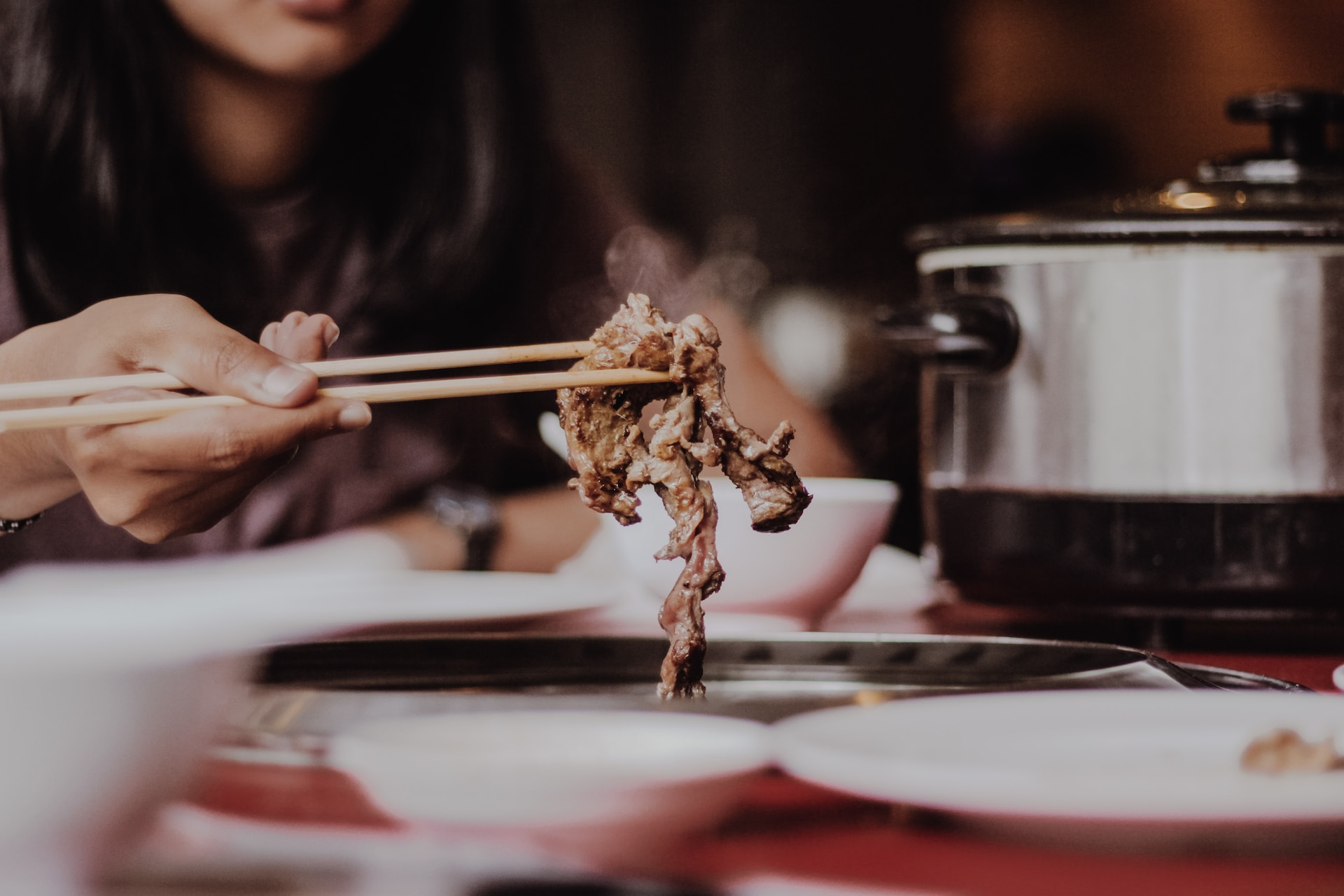
As an Amazon Associate, Modded gets commissions for purchases made through links in this post.
There are various reasons for learning how to use chopsticks properly. Some nutrition experts say it’s a great way to slow down while eating and practice mindfulness. Handling them well also shows your cultural sensitivity when eating in an Asian family’s home or restaurant serving Asian food. Here’s a guide on how to use these utensils correctly and their deep history.
How to Use Chopsticks: The Basics
Place the thicker end of the first chopstick on the webbing between your thumb and forefinger. Let the ring finger’s base support it. Think of this chopstick as a stationary extension of your fingers. Grip the second chopstick like holding a pencil. Your thumb should press against its side while the index and middle fingers guide its upper part. This chopstick will do the moving.
Curl your fingers instead of straightening them. The thumb and index finger will primarily guide the movement of the chopstick. Move only the top chopstick up and down, keeping the bottom one stationary. Aim to align the tips of the chopsticks each time you close them.
Open the utensils and approach the food. Press the food against the stationary chopstick using the tips, and lift gently and steadily. Always check that the tips of the chopsticks align — misaligning them makes picking up food more challenging. Lastly, avoid holding the chopsticks too tightly. A firm yet relaxed grip offers better control.
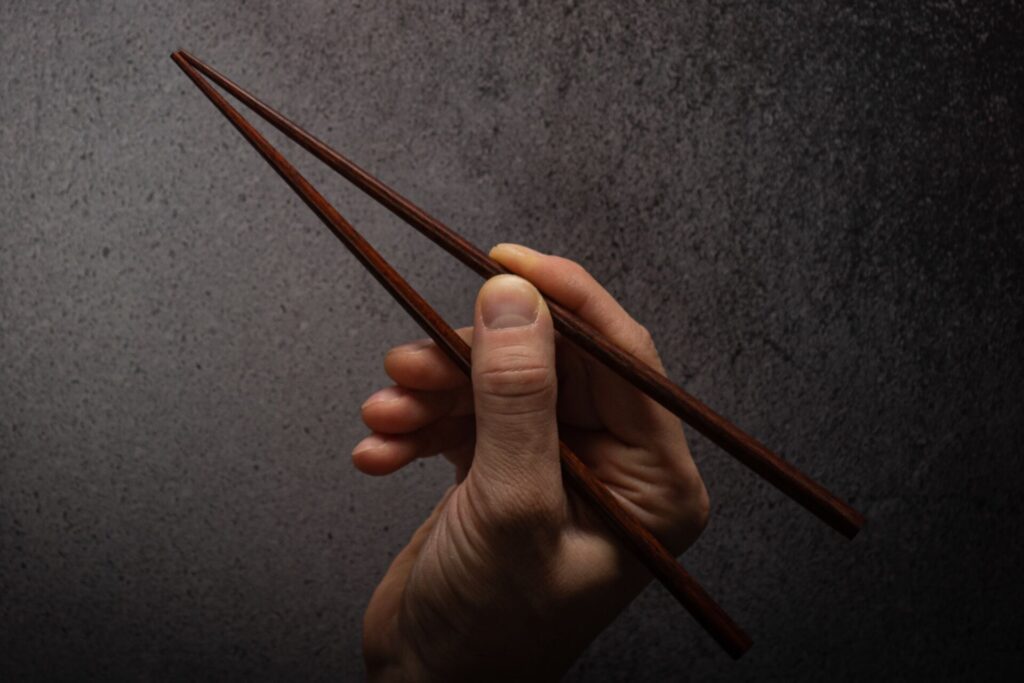
Don’t go for something too big or slippery immediately. Start with simpler items like sushi, tofu chunks or noodles to get a feel for the technique. You can also try different chopstick styles to see which one you’re most comfortable with. Japanese-style chopsticks taper to a fine tip, which may be easier to manage than the Korean thin metal ones, or the thicker and longer Chinese style.
Like any other skill, the more you practice how to use chopsticks, the better you get. Start by picking up diverse foods, or non-food items like cotton balls or marbles.
Chopstick Taboos and Asian Dining Etiquette
Rich cultural traditions are attached to chopsticks that make them mean much more than other eating utensils. As such, be mindful of their taboos so you don’t commit a faux pas the next time you see your friends for tea and dumplings.
Sticking Chopsticks Upright in Food
When dining, you should avoid sticking your chopsticks vertically into a bowl of rice. In many East Asian cultures, this gesture resembles the incense sticks mourners offer to a deceased person’s soul.
This is offensive when done on rice, but sticking them upright into any food has the same effect. If you use chopsticks to take food from a communal bowl, lay them on their side when you’re done.
Pointing With Chopsticks
Another taboo to watch out for is pointing. Using chopsticks to gesture towards someone or something is considered impolite and disrespectful. Always ensure they stay within the vicinity of your plate or bowl.
Passing Food Directly
Transferring food directly from one pair of chopsticks to another is frowned upon. This particular action is eerily reminiscent of a Japanese funeral rite where family members pass the bones of the deceased to each other after cremation.
If someone passes food to you, don’t use your utensils to receive it. Allow them to drop the food onto your bowl or individual serving plate.
Dragging Dishes
Chopsticks aren’t meant to pull dishes closer to you. If you wish to serve yourself, pick up the food item and place it onto your plate. Using chopsticks to pull something towards you risks spilling the food onto the table, and it’s also considered lazy or unappreciative of the people who prepared the meal.
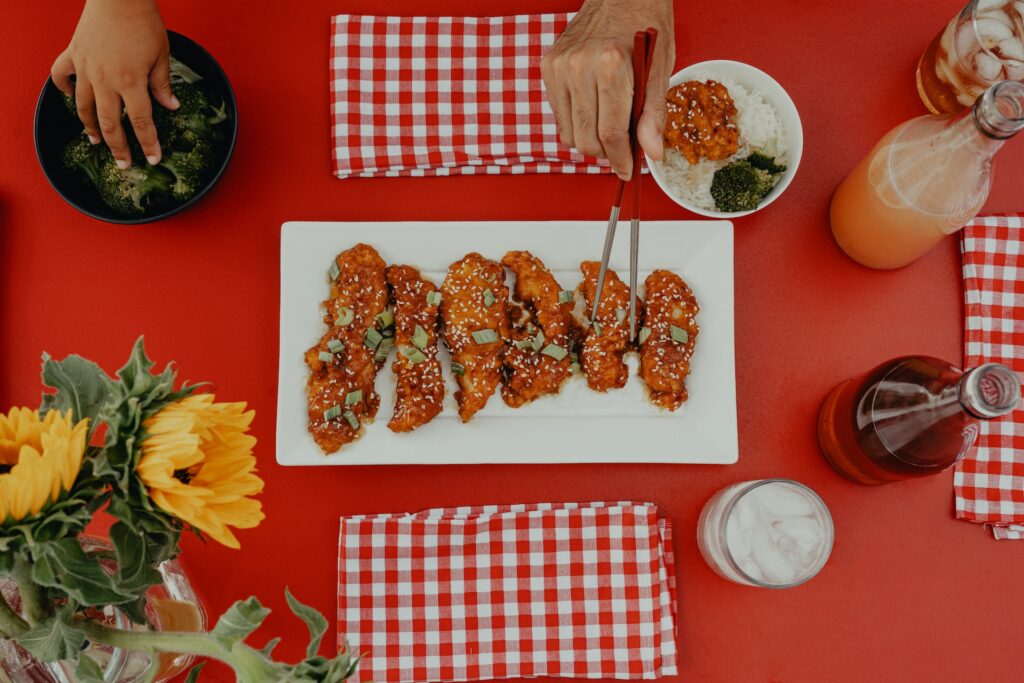
Licking or Sucking
Most Asian meals are communal, so licking and sucking on the ends of your chopsticks is considered unhygienic and impolite. Always wipe away any remnants on your utensils using a napkin or cloth.
Propping on a Bowl
Casually resting chopsticks by propping them on the top edge of a bowl indicates laziness and improper dining etiquette. Place them on a chopstick rest or neatly on the side of your plate when not in use.
Spearing Food and Crossing Chopsticks
Are you struggling to pick up a piece of food? Instead of giving in to the temptation of spearing it, consider asking for assistance or another utensil. Even if you don’t know how to use chopsticks, piercing food with them is a significant faux pas. This is equivalent to licking the knife or using it to spear food out of the serving platter in Western dining etiquette — there’s no cultural or spiritual reason why it’s not acceptable, it just isn’t.
When you lay down your utensils, ensure they don’t cross each other in an “X” shape. Many consider this formation a sign of bad luck or a symbol of disagreement. The same goes for keeping them crossed while holding them during the meal.
Digging or Poking
Dining etiquette dictates that you refrain from “grave-digging” or poking around in communal dishes with your chopsticks. This action can appear greedy, suggesting you want only the most desirable pieces, leaving the bad ones to the rest of the diners.
Tapping on Bowls
Avoid tapping your chopsticks on the edges of bowls. In some locales — especially in China — beggars tap their bowls when asking for food, so the action might come off as disrespectful in a dining setting.
Chopsticks in History and Culture
People in ancient China first used chopsticks over 3,000 years ago. Initially, they employed twigs or branches to stir cooking food or retrieve it from hot pots. The early users crafted them from single pieces of bamboo or wood, split at the end. As their popularity grew, the elite started making them from ivory, bone, metal and jade.
Chopsticks traveled from China to other East and Southeast Asian countries such as Korea, Japan, Vietnam and Thailand. Each region adapted the design based on its needs and preferences. For example, the Japanese crafted theirs shorter and more pointed to cater to their fish-rich diet.
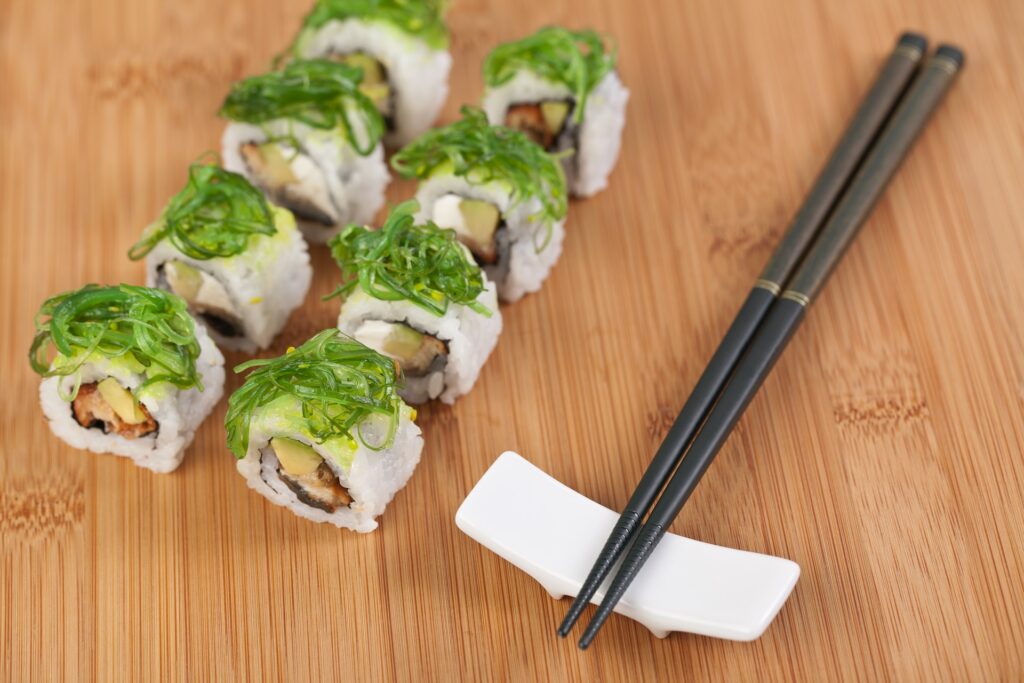
In several cultures, people consider chopsticks as auspicious gifts, representing wishes for happiness and prosperity. They are often given as wedding gifts to represent togetherness — as chopsticks always match — and abundance for the couple and the family they will have.
Chopstick Culture Runs Deep
Chopsticks have always been more than just eating tools. They embody significant cultural values. Confucian teachings, for instance, deem the sharpness of knives and forks as violent for eating, while they view chopsticks as symbols of gentleness and benevolence.
Next time you have the opportunity to use chopsticks in a social setting, remember to use them with respect. If you feel a little lost about certain aspects of Asian dining etiquette and how to use chopsticks in fine dining, your best bet is to mimic your host or simply ask.




